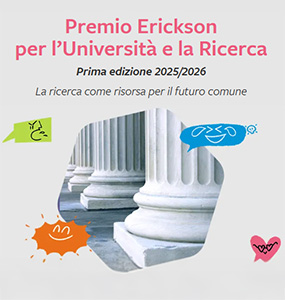When space make inclusion possible4
Stefania Chipa, Heidrun Demo, Giuseppe Moscato
The relationship between space and education is recognized as generative in national and international pedagogical literature. From the most recent international studies and experiences it can be deduced that all students, regardless of age, learning skills and cultural conditions, need to experience school in a dynamic dimension; for this reason the schools need to be designed to offer spaces and furnishings that can respond to all the educational needs. To be truly inclusive, the school must guarantee each student the opportunity to practice different didactic situations and learning approaches. An effective learning environment should be organized in individual insight areas to concentrate, read, reflect; in group learning spaces where students can build and maintain their identity; in informal spaces for relaxing and organize informal meeting; in exploration and discovery zones for exploring knowledge in a free or structured way. The school is a learning environment where movement, discussion, collaboration, autonomy should be allowed. Students with fragilities should find their own dimension so they can learn at their own pace and reach and adequate cognitive development. The Turmatt school in Stans (Switzerland) is part of this innovative pedagogical vision. Students and teachers live in a stimulating and personalized learning environment to suit different needs. All the spaces are flexible and designed for the most diverse activities also contributing to the consolidation of collaborative practices between teachers, so important for achieving the inclusive teaching. Knowing their approach and solutions can make us aware of the real opportunities that a learning environment designed to be plural can offer to students to best express and develop their talents.
Keywords
Learning spaces, Inclusion, Differentiated instruction, Educational innovation.


